Eva Grant, a.k.a. Lady Eva Hatch Baroness of Lusby, was one of the top glamour photographers of the 1950s and early ’60s. She was born in 1925 in Istanbul, Turkey, to Greek parents; in the 1930s, the family returned to Greece and settled in Athens, where Eva spent the Second World War and her formative and teenage years. An avid Anglophile, Eva wanted to travel to England after the war; she would have done anything to do so, but as an unmarried young woman, it took her a long time to persuade her father to let her go.
She spotted a recruitment advert for student nurses in London and applied for a place; however, the nursing school took so long to respond that she also applied for a job as an air hostess at TAE, the Greek national airline. “Back then it was the biggest thing for a Greek girl to be an air hostess,” Eva recalled. “But for me it was a way to come to England. They were advertising for presentable young ladies. They saw us in bikinis under the guise of saving people in the water.”
Eva then received a letter of acceptance from the nursing school, and, at the age of 22, she dropped everything and moved to London. Once she’d settled in, she supplemented her income as a student nurse at Shenley Hospital, a psychiatric institution in Hertfordshire, by doing the occasional assignment as a swimwear model. Shenley, which was redeveloped for housing in the 1990s, was sited just 5 miles from Spielplatz nudist colony in Bricket Wood.
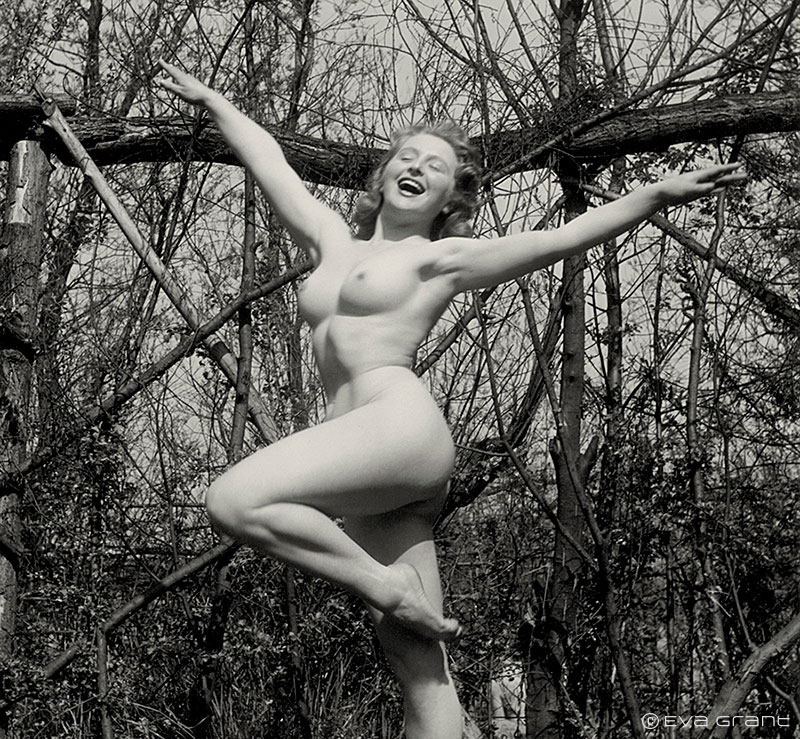
An amateur photographer saw Eva’s swimwear photos and asked her to pose for him; this work, for which she was paid more in one hour than she earned in a week as a nurse, led to a bit of figure work. But Eva found modelling boring and was more interested in what was going on behind the camera. “Photographers were happy to share their knowledge with me as it was so rare for the model to be interested,” she said.
Around this time, Eva married her first husband, an electrical engineer who had recently graduated from Durham University. As a side hustle to earn some extra income, the couple photographed people at functions. “My husband would take the pictures and rush to have them developed while I was looking beautiful and talking to the people, and then he would come back and sell them.”
The newlyweds were offered a basement flat with a darkroom attached, which they accepted eagerly and hired out as a studio to amateur photographers to help pay the rent. “One day, I saw a model and thought: what a gorgeous face she’s got,” Eva said. “When I saw the photographer’s results, I thought I can do better than that. So, I photographed her.”
At a friend’s suggestion, Eva submitted the photograph to a magazine, and much to her surprise, they accepted it and asked for more. Glamour, bikini shots and figure studies soon followed, and Eva Grant Ltd was instituted. Most of Eva’s commissions at this stage of her career were from British and French magazines, including Paris Hollywood. Every eight weeks, she would travel to the French capital to submit new work and pick up a cheque.
In the glamour industry of the 1950s and ’60s women photographers were rare; Yvonne Gregory and Joan Craven were of an earlier British generation and in the United States there was Bunny Yeager. Despite this, Eva felt that being a woman was an advantage in the field: “I was successful with my pictures of girls because as I was a woman, they didn’t feel threatened, and I could talk to them about boyfriends and such and get them to relax.”
Like fellow photographers George Harrison Marks and Russell Gay, as her business grew Eva published her own pocket magazine; it was called Line and Form and ran for more than forty issues, and was produced under her own imprint Photoform. A lot of the women Eva photographed were not professional models – they were amateurs hoping to turn pro or typists trying to make a bit of extra money; several were dancers who Eva loved working with as they had natural grace and could hold a pose. The professional models Rosa Dolmai, June Palmer and Lee Sothern (aka Grace Jackson) all posed for her, too.
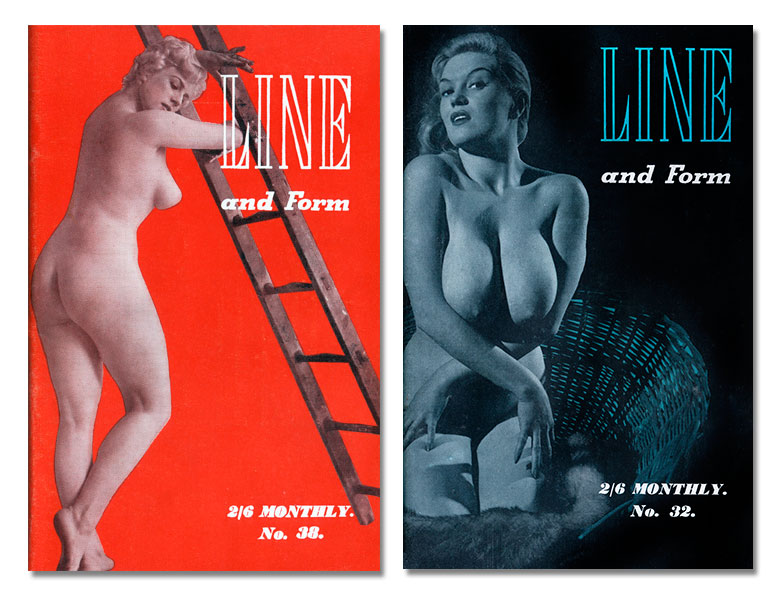
Many of the sessions took place in the models’ own bedsits. Eva wouldn’t know what these were like until she got there, and she often had to make do with suboptimal conditions. She would usually look for straight lines in a background to contrast with the softness of the girls’ figures. Almost all the models were shot using natural light, sometimes using a sheet as a reflector.
Other shots were taken on location outdoors, where being seen by the public was a constant hazard. “I used to take a model to a location in Kew at 5 am or 6 am, before there would be people around. She would wear a big coat and nothing else. I had to work very fast. If I saw anyone coming, she’d put her coat back on. The trouble was, the light wasn’t very good because it was so early. One day I was working with five girls at Walton-on-the-Naze [in Essex]. It was very early and freezing cold, and they were shivering. I said, ‘Well, at least your nipples will stand up!’”
Eva also worked at a nudist colony at Sunbury-on-Thames in Surrey, where she was the only one present wearing clothes. To protect herself from obscenity laws, Eva hired a lawyer, who would sanction her prints by stamping them on the back as appropriate.
In 1956 Eva went to New York. In London, The Evening Standard ran the story: “Photographer Eva Grant goes to New York armed with hundreds of pictures of beautiful girls to take America by storm.” She found most American photography over-posed and stylized; however, the best of it, such as the work of Andre de Dienes, Peter Gowland and Peter Basch, was very exciting and impressive. “Flawless taste, faultless technique, a refined sense of animal symmetry and natural lighting,” she declared.
When Eva Grant returned to England, it was no more models in bedsits for her. But what worked for the US market wouldn’t necessarily work for the French or German markets. The Germans liked healthy outdoor images; the Americans liked their cheesecake; and the French liked things a little saucy. The audience for these pictures was primarily male, and it was within all these parameters that Eva had to find her voice and personal style. Her work appeared regularly in American photography magazines, such as those published by Fawcett and Whitestone – Glamour Photos, Camera Studies of Figure Beauty and Salon Photography.
However, by the mid-1960s, the heyday of figure studies and innocent glamour work was coming to an end. “Magazines wanted hotter and hotter pictures, with poses that were more explicit than I was prepared to do,” Eva said. “Soft porn was a big jump then, not like now. So, I decided to call it a day.”
In 1964 Eva gave up photography and sold her studio; shortly afterwards, she had her fourth child. During the 1970s, she became a tour guide for the London Tourist Board, which she continued to do into the 1980s. She separated from her first husband and married Lord Hatch of Lusby (1917–1992), a prominent anti-apartheid campaigner. Travelling to Africa with him, Eva met political leaders such as Kenneth Kaunda and Nelson Mandela; the couple considered the latter a friend.
Now in her late nineties, Eva Grant lives in Kew in London.
A big thank you to Ellie Howard, the picture editor on Nudism in a Cold Climate, for putting me in touch with Eva Grant’s family.
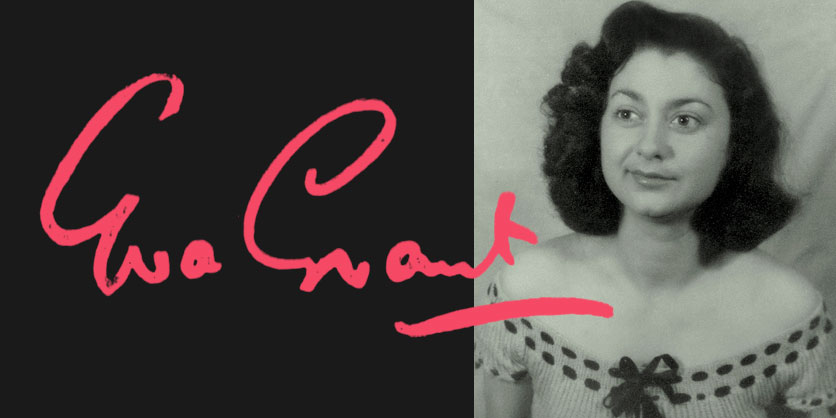
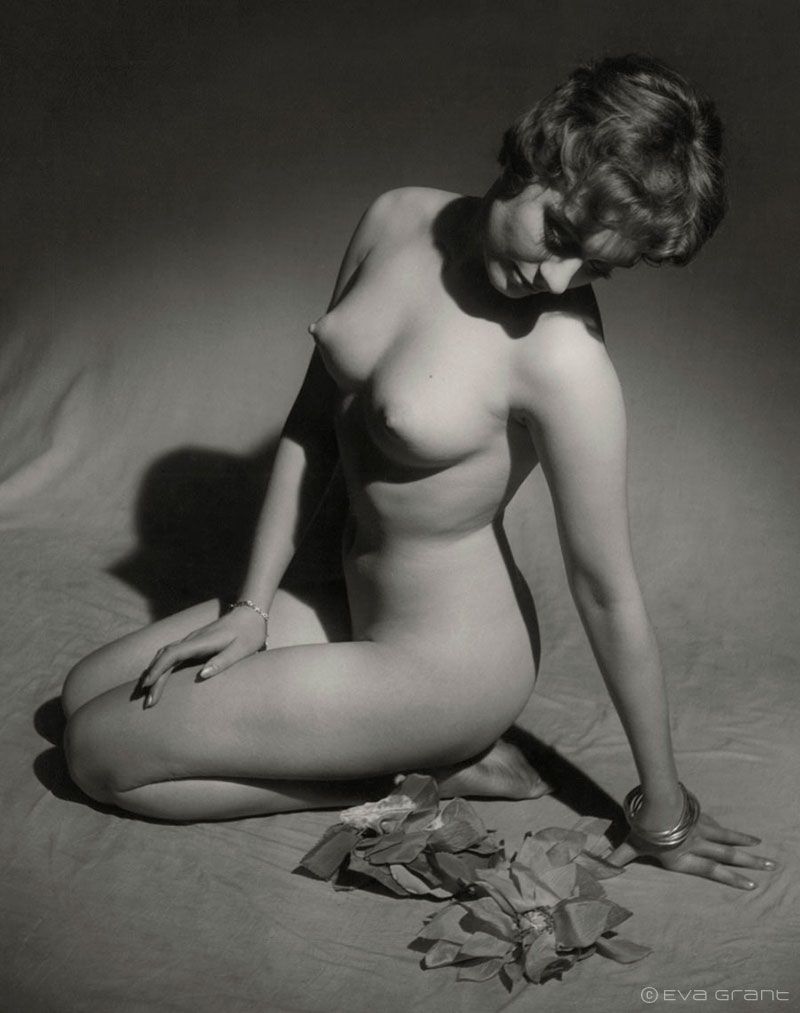
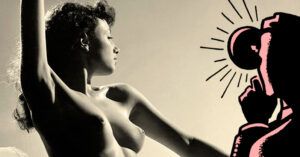
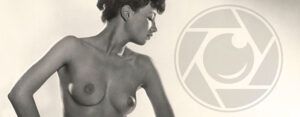
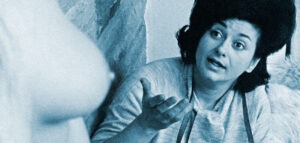
Well done for the detailed bio!
I can just add, that the first model above, in the woods, is Norma Forrest, who was previously an ice skater.
Thanks. I’ll update the caption.
Really fascinating article about my mother in law! A true original of her time.
Looked up her second husband in The Oxford Dictionary of National Biography. It says she was born in 1924, and calls her “a divorced lecturer and guide”, with no mention of nursing or photography on either side of the camera!
Really interesting biography. Great photos.
I knew Eva for 50 years. She was a one off. Full of life and energy. Sadly missed